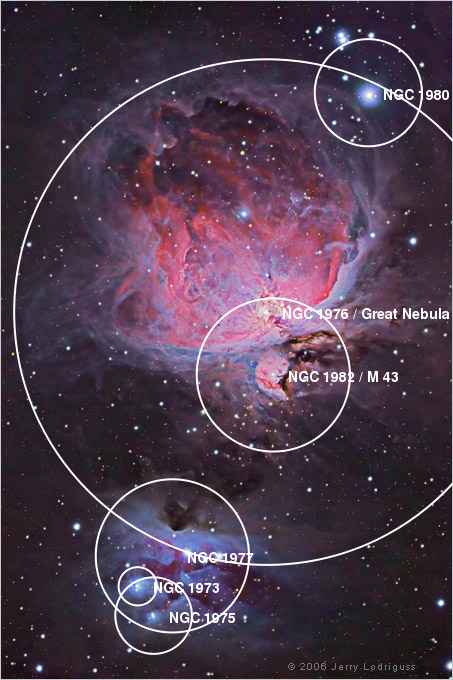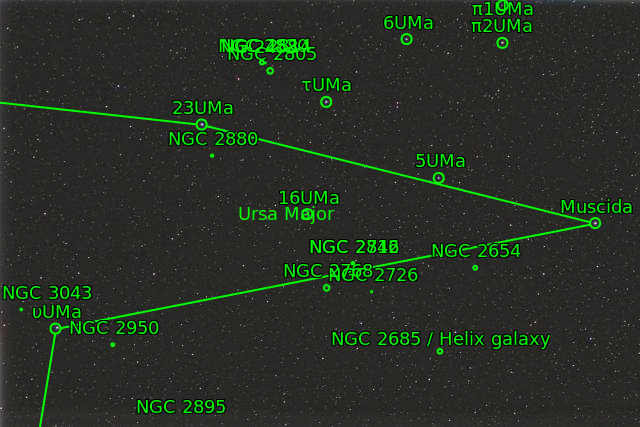
api_key = 'XXXXXXXXXXXXXXXX' wcs_header = ast. You callįrom astroquery.astrometry_net import AstrometryNet ast = AstrometryNet () ast. The image will be uploaded under two circumstances. It would almost certainly take less time toįind the sources in your image locally and upload that source list than it would Keep in mind that uploading an image requires transferring roughly 10,000 times Testing for success, failure and time outs. The number of standard deviations above background a source needsįor more options see Settings common to all solve methods. The rough full-width half-max of stars in the image, in pixels. There are a few settings specific to this case: FWHM solve_from_image ( '/path/to/image.fit' ) To use this method you must have the package photutils installed.įrom astroquery.astrometry_net import AstrometryNet ast = AstrometryNet () ast. Tuple specifying the units of the right ascension and declination in

Name of the key in the FITS header that contains the RA. To use pointing information from the FITS header of the image: ra_key There are a few settings common to both cases that make it convenient will detect sources and attempt to determine a solution.Īstroquery.astrometry_from_image. There are two ways to get a solution from an image:ĭetect sources in the image and upload the source list to get the plate solution. If it is unable to find a solution an emptyĭictionary is returned instead. If is able to find a solution it is returned as anĪstropy.io.fits.Header. solve_from_source_list ( sources, sources, image_width, image_height, solve_timeout = 120 ) reverse () image_width = 3073 image_height = 2048 wcs_header = ast. sort ( 'FLUX' ) # Reverse to get descending order sources. read ( 'catalog.fits' ) # Sort sources in ascending order sources. api_key = 'XXXXXXXXXXXXXXXX' sources = Table. To be a longer time than the timeout set inĪstroquery.astrometry_, which is intended toĪct primarily as a timeout for network transactions.įrom astropy.table import Table from astroquery.astrometry_net import AstrometryNet ast = AstrometryNet () ast. The solve_timeout used below is the time, in seconds, to allow theĪ server to find a solution. Other columns, and that the image is 3073 by 2048 pixels. (columns X_IMAGE and Y_IMAGE) and flux (column FLUX) and perhaps In the example below, assume that catalog.fits is a table of pixel positions The only important requirement is that the list must be sorted by flux in The data can be inĪn, pandas data frame or something other structure. Sources in an image instead of uploading the entire image. The most efficient way to use is to pass it a list of
ASTROMETRY .SOLVED DOWNLOAD
Links to download the FITS files for the image.


The log will contain the RA/Dec of the solution.įor publicly viewable images or source lists includes Is accessible if one knows the job id regardless of the permissions setįor the image.
ASTROMETRY .SOLVED FULL
In addition to a larger catalogue of objects and a more accurate plate-solution, the advanced plate-solving available on AstroBin Ultimate also offers a Space Cursor to explore coordinates on your images, and full customization of the annotated objects, so you can turn on or off any of the categories above.Be aware that some information you submit to is publiclyĪvailable even if the raw image isn’t. GCVS (General Catalogue of Variable Stars) The following object categories are available as annotations: This means that wide fields will especially enjoy a more accurate plate solution. With the advanced plate-solution provided by PixInsight, available in the AstroBin Ultimate subscription plan, images will be solved with a higher level of accuracy that accounts for field distortions (read more here). Some examples of what it looks like for AstroBin Lite and Premium The biggest limitation is that wide-field images are going to be less accurate due to field distortion (plate-solving works by star triangulation and wide fields will suffer from distorted angles).Īnnotations are only displayed, as they have since 2010, on the main image page, but not in high resolution.
ASTROMETRY .SOLVED PLUS
The annotations identify most Messier, NGC, and IC objects, plus named stars.

Users of the AstroBin Lite and Premium subscriptions get access to the regular plate-solving experience that has been on AstroBin since the beginning: it uses as a backend, and accurately solves most deep-sky images. Thanks to these tools, you can automatically identify and highlight deep-sky objects in your images, including nebulae, galaxies, stars, planets and a growing catalogue of asteroids. AstroBin interfaces with and PixInsight to provide state-of-the-art plate-solution overlays and precise astrometry data.


 0 kommentar(er)
0 kommentar(er)
